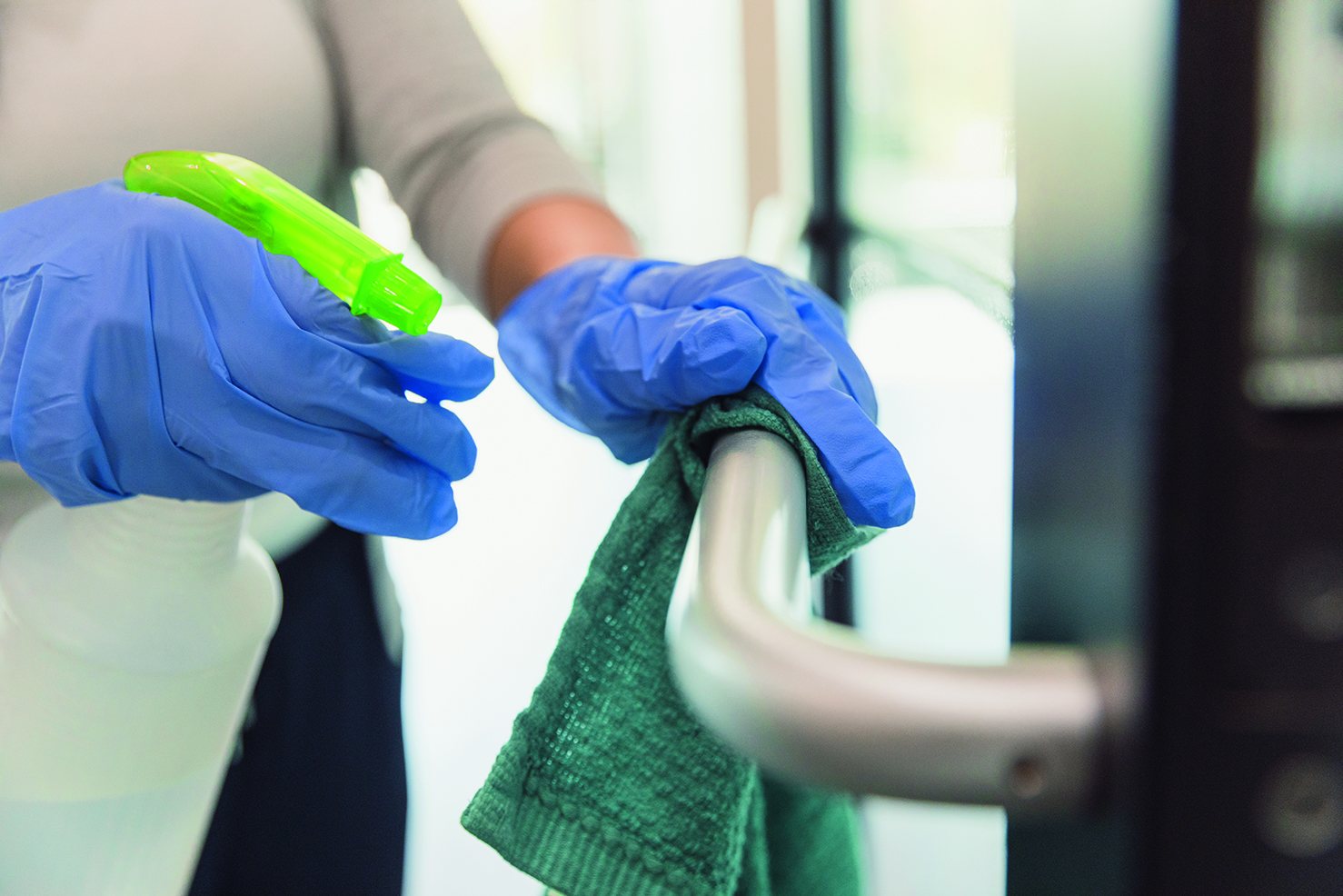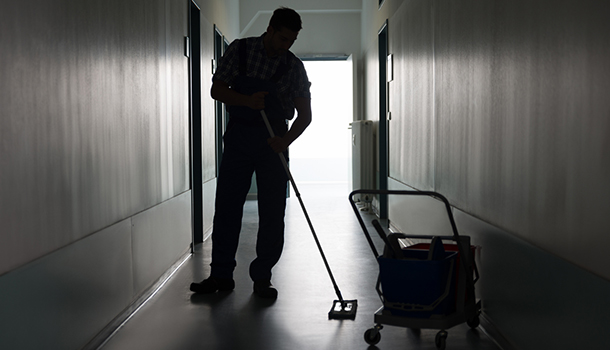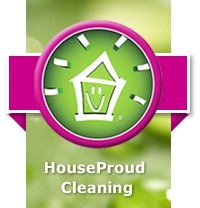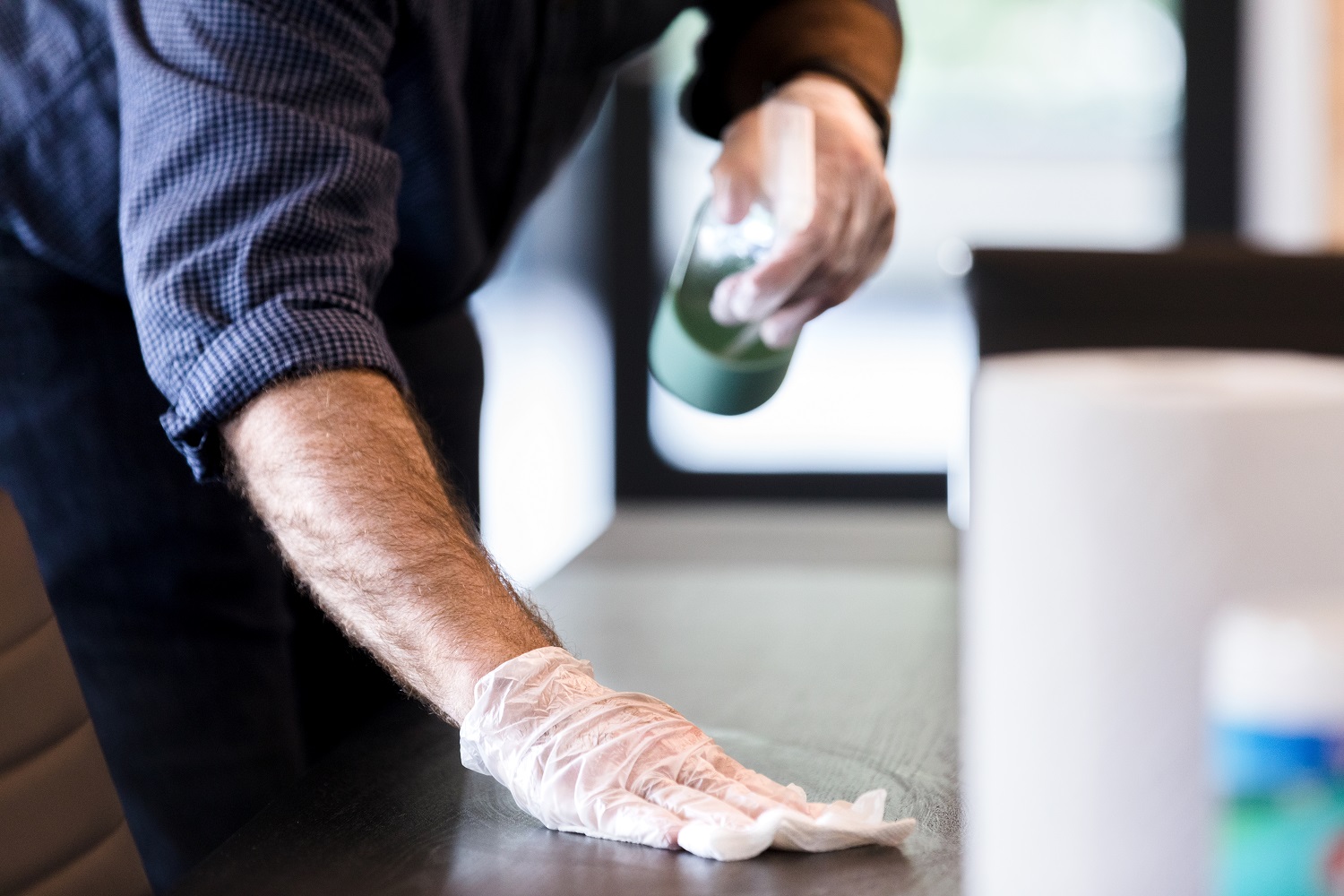
As the world continues to address the challenges associated with rapidly changing business demands, cleaning organisations desperately need viable information to respond to the daily rollercoaster of change.
These modifications range from staffing challenges and reductions to cleaning frequency increases and new levels of service.
Published cleaning tasks, tools, and times are in demand now more than ever. With labour representing a larger piece of a cleaning organisation’s budget, knowing how long specific tasks take to properly complete drives correct staffing.
Start with time calculations
Cleaning times are the starting point for preparing bids and estimates, as well as for budgeting labour and workloads based on specific cleaning tasks.
Cleaning times identify efficiencies for increased productivity through the utilization of equipment and technology.
Cleaning professionals build standard cleaning schedules using five common components: tasks, tools, times, total units, and training.
Traditionally, there are five main methods to calculate how long a cleaning job will take:
- By task and time
- By square footage to be cleaned per hour or day
- By the area assigned to be cleaned
- By each fixture – which includes an inventory of toilets, urinals, and sinks
- By adopting benchmarked data from other businesses of similar type and size.
Although an experienced workloader might be able to calculate the time and costs of cleaning an area, those with less experience will need a reference base from which to start.
Validation is crucial
As an industry, cleaning professionals are typically not standardised in how they determine staffing levels.
Many organisations are reactionary in their custodial operations and lack a dedicated investment in workloading.
Some adapt readily to the concept due to economic pressures and a focus on a financial bottom line.
Others do not have the resources to invest in work loading and need a trusted resource to validate cleaning times.
This is where an end-user validation program comes into play. Focus on the following five primary activities while working with end users on work loading assessments:
- Collecting and analysing current program documentation
- Conducting a site visit and physically verifying cleanable assets
- Determining necessary staffing levels
- Comparing current staffing to the industry standard
- Making recommendations including upgrades for a best-in-class program.
Using information gathered from the steps above, create a work loading chart that lists the optimal amount of time (or labour) that it takes to perform specific cleaning tasks in your facility based on its square footage and the number of fixtures it contains.
Make sure to include non-cleaning tasks, such as breaks and equipment setup. List tasks competed every day, such as garbage pickup and floor cleaning, as well as tasks that are performed less frequently, such as floor stripping and refinishing.
The goal of workloading is to provide a mathematical and factual base for custodial staffing levels in relation to customer and management expectations of cleanliness.
Validated cleaning times specific to your facility’s unique features will take away the guesswork regarding resources needed to ensure your business keeps up with changing demands.
Tim Poskin is director of ISSA Consulting, providing systems integration and consulting solutions for the cleaning industry. Poskin is one of the world’s leading authorities on custodial workloading. He currently serves as chair of the ISSA Cleaning Management Institute (CMI) workloading and benchmarking committee. He can be reached at timp@issa.com.
Comment below to have your say on this story.
If you have a news story or tip-off, get in touch at info@incleanmag.com.au
Sign up to INCLEAN’s newsletter.



